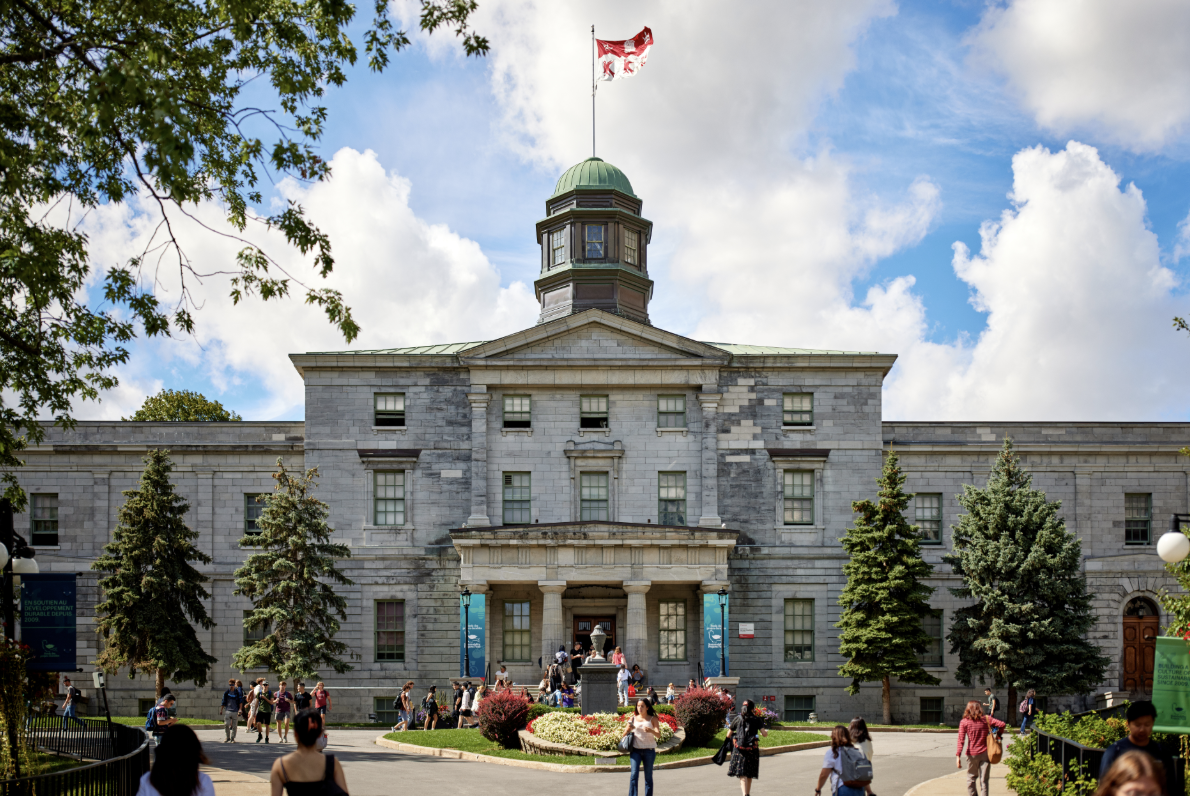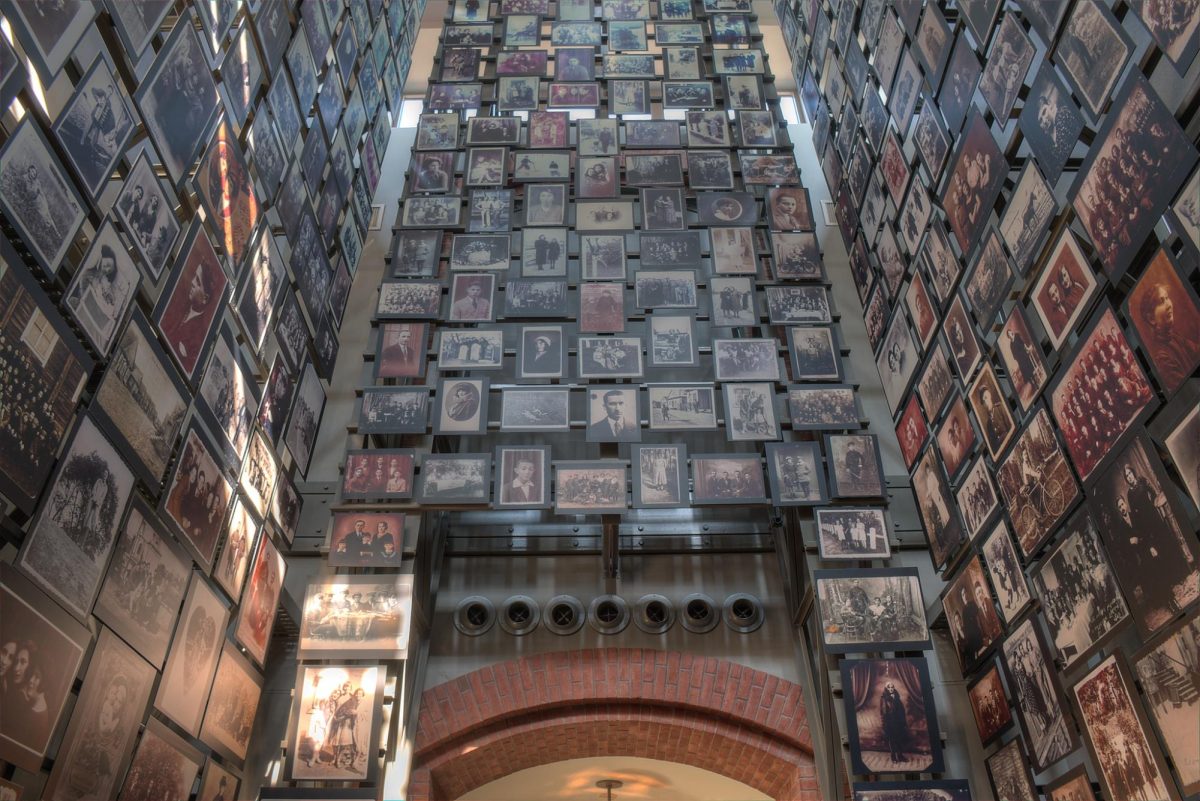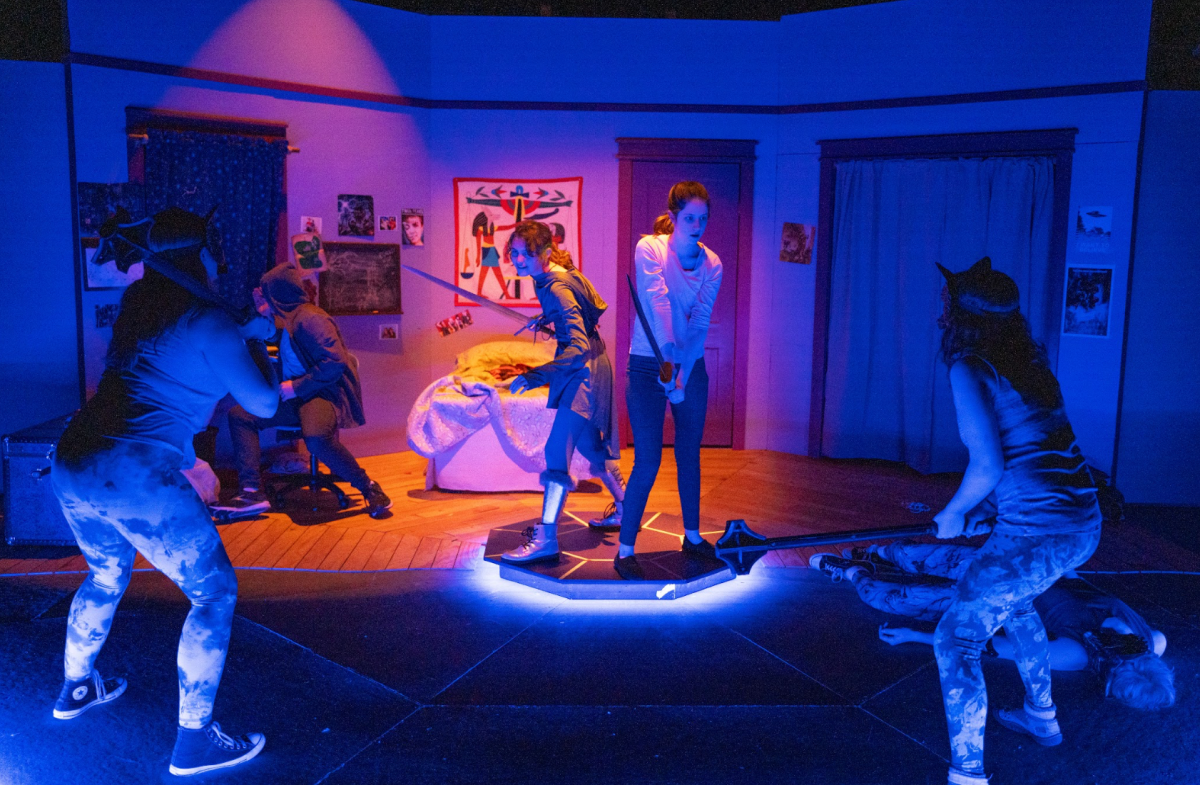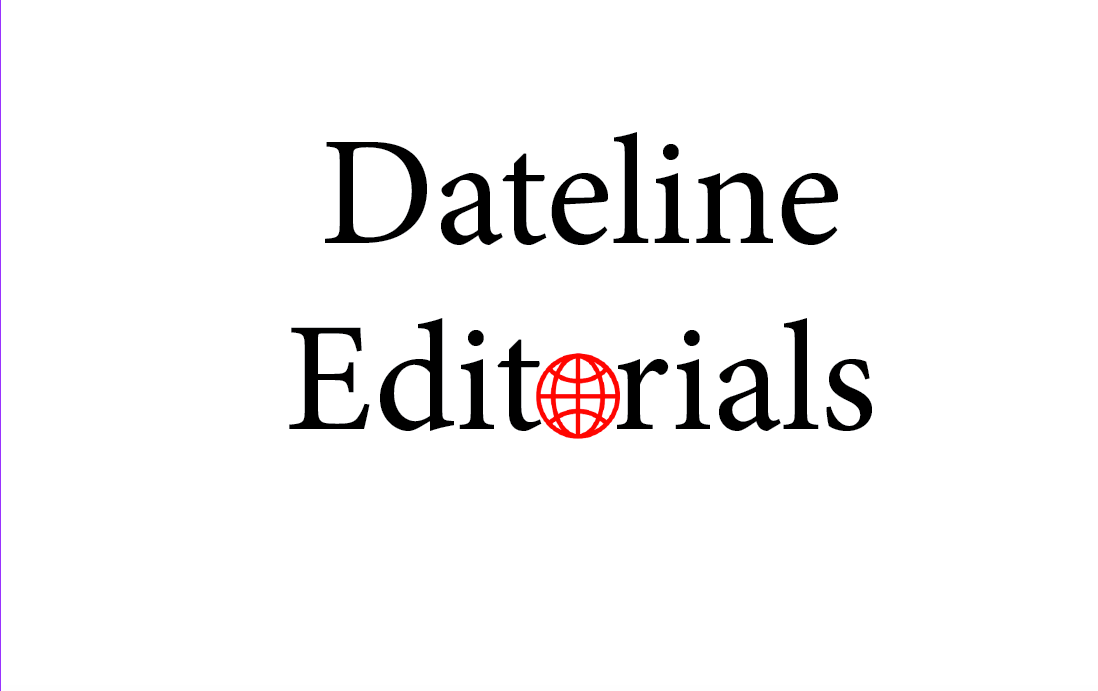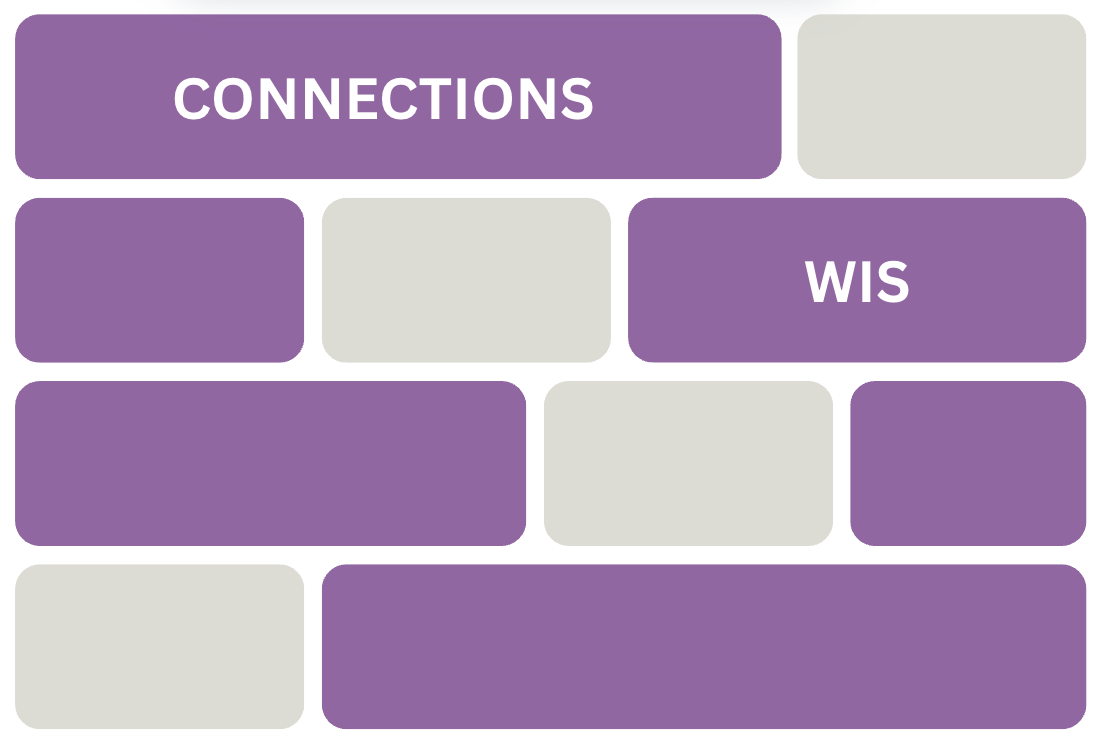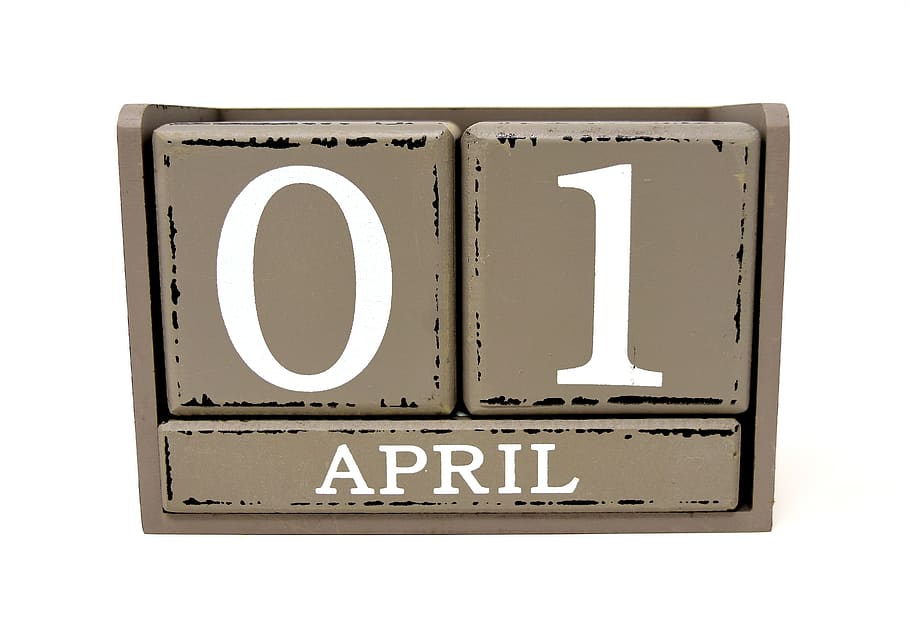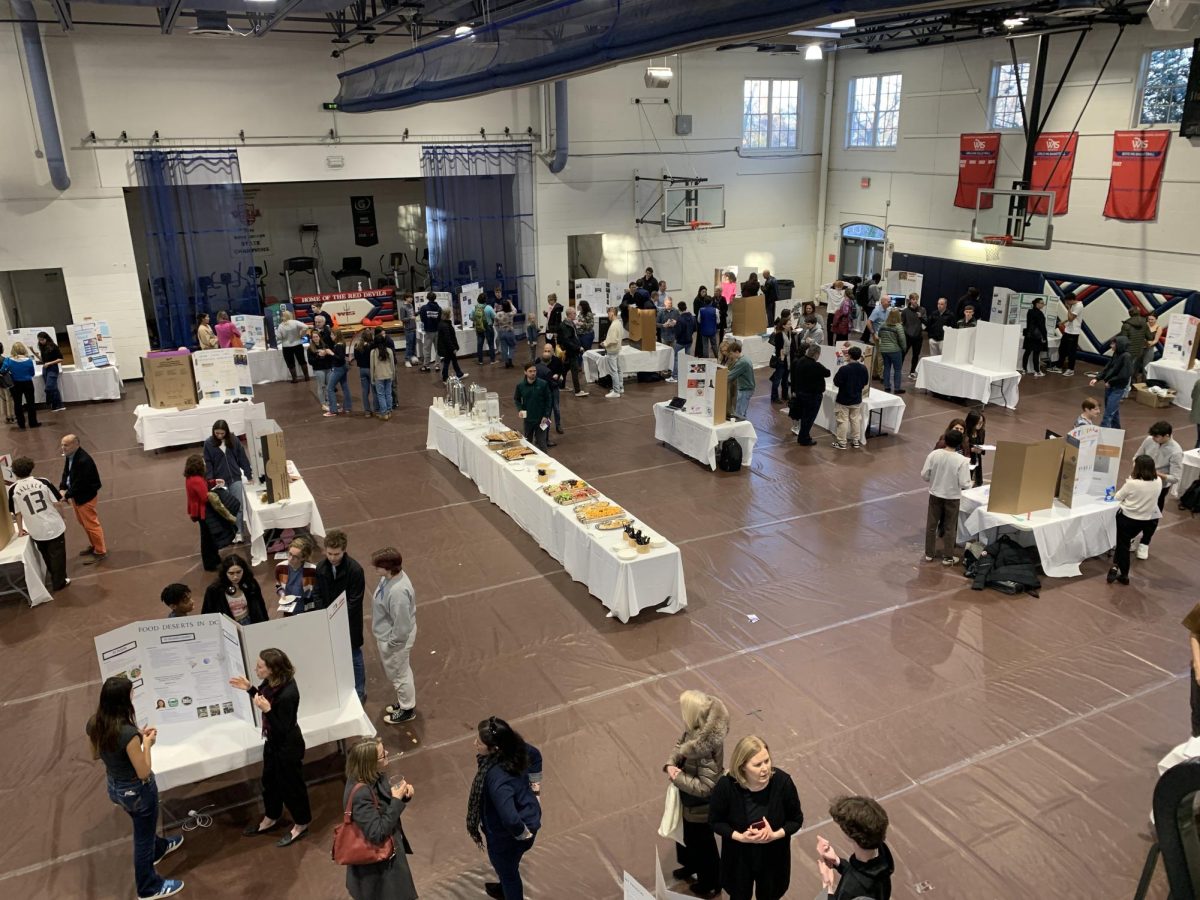Tuana Cirak: Designing an Ecological Building
Tuana Cirak created an ecological building, which is a building consisting of specifically designed aspects that are environmentally friendly, for Shanghai. It serves as a learning center and includes eco-friendly aspects that deal with the city’s environmental concerns, such as air pollution, land pollution and water waste. Cirak’s design includes solar panels on the roof and a rainwater collection system also located on the roof where water canals will then transport the water to the filter and the pump found in the basement.
“I’ve always been pretty amazed by architecture, or even futuristic cities like Tokyo or Singapore,” Cirak said. “They have a lot more unique features to their design that I’ve always been really interested in.”
As a new student at WIS this school year, Cirak had similar experiences at her old school with development projects.
“What I also liked that WIS did was that we had sponsors for it,” Cirak said. “So, especially with my sponsor, I was able to keep her updated. She was able to help me with all of the questions that I had, and so I think that was definitely a good point.”
Overall, Cirak felt that she received enough support throughout the process. Cirak recommends that future sophomores create a detailed plan or timeline of the entire Grade 10 Project process from the beginning to ensure that everything is completed on time.
Cate Taylor: The Business of Women’s Professional Sports – Challenges and Solutions
Cate Taylor’s project revolved around the business side of professional women’s sports. She addressed the inequalities between men’s and women’s sports ranging from salaries to broadcasting to youth participation. From a young age, Taylor was constantly exposed to business concepts by her parents, leading her to develop an interest in the industry.
“I knew that there were issues and differences in the business of women’s professional sports,” Taylor said. “I wanted to find a way to bridge that. But I realized that I didn’t even know what those issues were.”
Taylor experienced ups and downs throughout the project’s process. Although she found the interview process compelling, she had difficulty contacting the interviewees. Taylor experienced difficulties setting up interviews with members of the administration of the Washington Spirit, D.C.’s female soccer team. In the end, she interviewed Chief Operating Officer Theresa McDonnell and Head of Brand Meg Patten, who is in charge of all of the team’s marketing and social media.
As she moved forward, Taylor was eager to develop and research a project topic she truly found interesting. However, she again found herself stuck. “I think research was a little difficult just because I had a very specific topic, and I had to find little bits from each website,” Taylor said. “But it ended up making a very rich project, and I think it was really fun to see what I could actually achieve.”
Taylor presented two products: a website and a soccer ball. The website consisted of all the research she gathered and allowed those who visited the website to purchase tickets to the Washington Spirit and the Mystics games and to donate to Leveling the Playing Field, an organization that provides sports equipment to underprivileged children. Furthermore, the soccer ball highlighted her central problem: inequality at the younger levels of sports. On the soccer ball, she wrote quotes empowering young girls to pursue their passion for athletics.
Nico Watts: An Investigation into Wind Energy for a Mountain Range
Nico Watts researched wind farms and located a mountain range in Pennsylvania where he could design a potential windmill to help increase the production of renewable energy. His research involved figuring out whether placing a windmill in this mountain range is environmentally and economically doable, along with evaluating its benefits to the surrounding communities and environment.
Watts’ final product was a topographic map. This map visually represented the possible locations of the windmills depending on the land elevation.
“It certainly was not what I envisioned it was going to be at the beginning of my process, or even before I built it, but I sort of did what I could with the amount of time I had,” Watts said. “I think it was a simple but good enough way to [visually show] what my project was about.”
Watts wished that the current juniors could have shared their experiences from last year to better prepare the sophomores for this process, just as the current sophomores could do for the next year’s sophomores.
“I think it would have made the process a little easier knowing where the harder places were because, in the end, it wasn’t that big a project,” Watts said. “It was a lot of work, but if you had put your foot down earlier, I think it would have been easier to manage.”
In the end, Watts highlights three parts of the process: pushing yourself to begin, talking to anyone about it and recognizing that the project could have a conclusion that may deviate from its initial plan.
Watts reflects on how he was unsure of where to begin. He knew he had to interview someone, and therefore decided to start there. Once he sent the email and was on the starting path, everything else started falling into place. “Knowing that I had that interview, I did some more research, and I had more of a solid base of understanding that I don’t think I would have acquired or been able to acquire if I hadn’t just gotten started with a simple thing,” Watts said.
“There’s a very direct path and I think trusting the process is a big part of it,” Watts said. “It’s really designed in a great way to help students get from the start to the finish.”
By Selena Said



